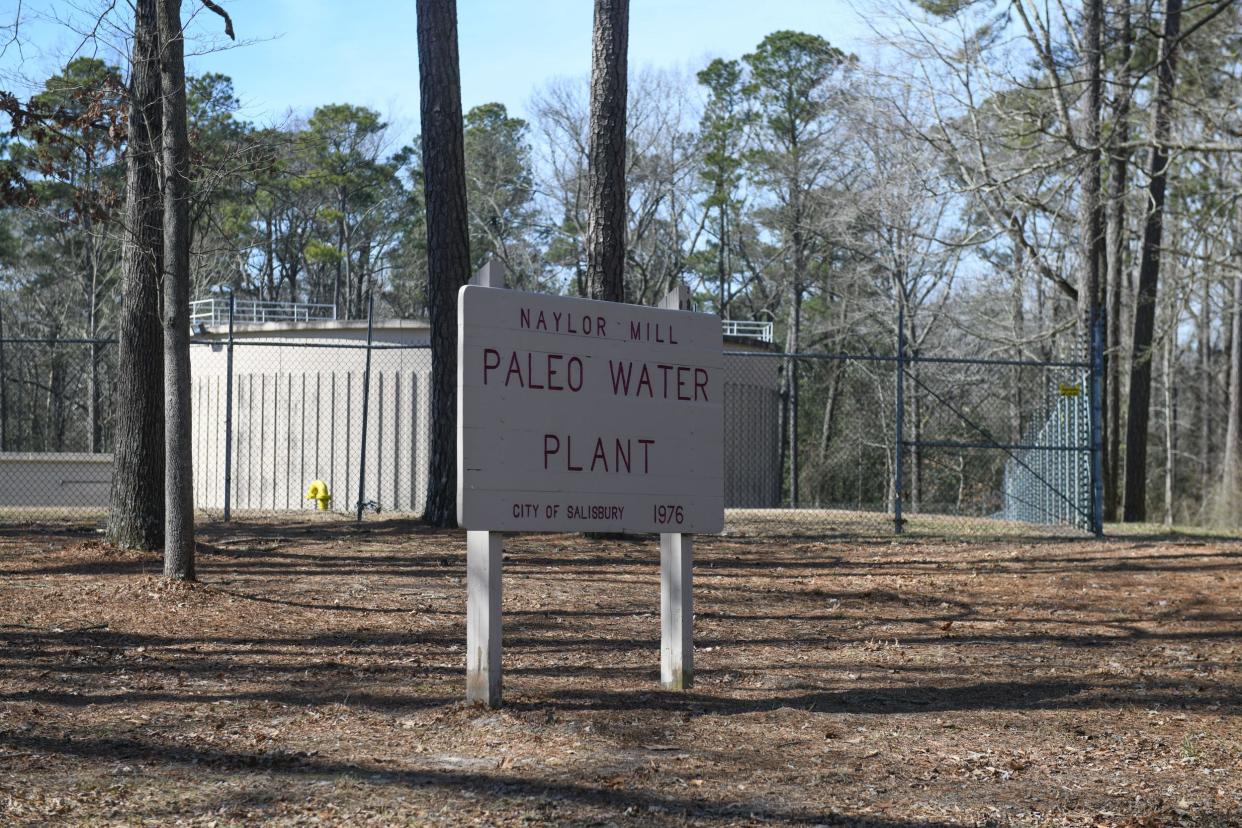How safe is Salisbury's drinking water? City responds to latest EPA report
The city of Salisbury has responded to concerns about PFAS contamination in its water supply, saying it currently meets all quality regulations required by state and federal agencies.
According to city officials, water standards from oth the Maryland Department of Environment and U.S. Environmental Protection Agency were met despite a newly released EPA report that led to increased attention to the existence of Per and Polyfluoroalkyl Substances, or PFAS, in drinking water nationwide.
“These regulations did not come as a surprise,” said Salisbury Director of Water Works Cori Cameron. “We understand that residents are concerned about the water they use every day. The city of Salisbury did not create this problem, but we have been and are currently working to correct it. The new rules allow water systems five years to plan, design and find the best solutions for their community.”
The city also contends it has been planning and researching solutions for "forever chemicals" for years for its water system to meet the new standards, which are slated to go into effect in 2029.
The city of Salisbury, which serves an estimated 30,343 residents, was found to exceed safe PFAS levels by 400% in three tests in 20 which were completed. The results found two pollutants in the area's water supply.
More on sludge legislation Maryland takes aim at industrial sludge with new bills. Here's what's in works.
Funding the future of clean water in Salisbury

In January 2024, the city applied to the Maryland Department of the Environment for the Drinking Water Quality State Revolving Loan Fund Bipartisan Infrastructure Law Funding for PFAS and Emerging Contaminants. The monies, which include 100% loan principal forgiveness for projects that address PFAS and emerging contaminants in drinking water, are earmarked to complete a study at the Park and Paleo Water Treatment Plants.
The goal is to find the best treatment technique to remove the PFAS from area water. The Paleo Water Treatment Plant will embark on bench-scale testing to determine the level of treatment needed.
In a statement, the city noted it is currently in the process of pricing out a change order to add the design of a Granular Activated Carbon filter system to the new filter treatment building at the Paleo Water Treatment Plant. The preliminary construction cost estimate for the filters will be $14 million.
The Park Water Treatment Plant Study will be used to find the best resource for treatment. The study will include bore tests for deeper wells to see if that eliminates PFAS. A bench test study will also be completed to find the best treatment system for the plant and design of new wells or a new treatment system.
“The city of Salisbury has sampled totals for PFOA (Perfluorooctanoic Acid) and PFOS (Perfluorooctane sulfonic acid) as high as 7.53 parts per trillion and a low of 3.2 parts per trillion, with a combined well field total of 14 parts per trillion,” Cameron said. “For perspective: One part per trillion is equivalent to one drop of impurity in 500,000 barrels of water or traveling 6 inches out of a 93-million-mile journey toward the sun.”
Guide to Md. mail-in voting: Mail-in voting process in Maryland has already begun. What you should know.
Salisbury will apply for federal grant money in January 2025, for both plants for the construction of the treatment system to remove PFAS. The city has also entered into a nationwide lawsuit against the producers of these chemicals.
“While the EPA is currently focused on water quality and removing these contaminants to the extent that current science allows, some of these chemicals are still being manufactured and used in common household products that people use every day,” Cameron said.
New regulations require that public water systems must monitor for these PFAS, which the city says it is already doing, and have three years to complete initial monitoring by 2027, followed by ongoing compliance monitoring.
What is PFAS and where can they be found?

The Maryland Department of the environment notes PFAS is a large group of complex synthetic chemicals that have been used in consumer products around the world since 1950. They are used to keep food from sticking to packaging or cookware, make clothes and carpets resistant to stains, and create more effective firefighting foam.
PFAS molecules have a chain of linked carbon and fluorine atoms. Because the carbon-fluorine bond is one of the strongest, these chemicals do not degrade easily in the environment and are known as “forever chemicals” for that reason.
While PFOA and PFOS are no longer utilized in current manufacturing, the ones that were created for years are still in our environment. In addition, a newer class of PFAS sometimes termed GenX Chemicals are now proliferating.
The EPA is setting enforceable Maximum Contaminant Levels (MCLs) at 4.0 parts per trillion for PFOA and PFOS individually. Those are two of the most pervasive PFAS and their production was phased out in the early 2000s due to public outcry, but companies simply turned to other formulations that present similar if not the same dangers.
The EPA is setting maximum contaminant levels of these, and similar chemicals, at 10 parts per trillion.
Currently, manufacturers do not have to disclose to consumers that they are using PFAS, and the EPA does not regulate or test for most PFAS chemicals.
More on local economic news What will loss of Jubilant Cadista jobs mean for Salisbury? Local leaders react.
This article originally appeared on Salisbury Daily Times: Is Salisbury's drinking water safe? What city ways in response to EPA
